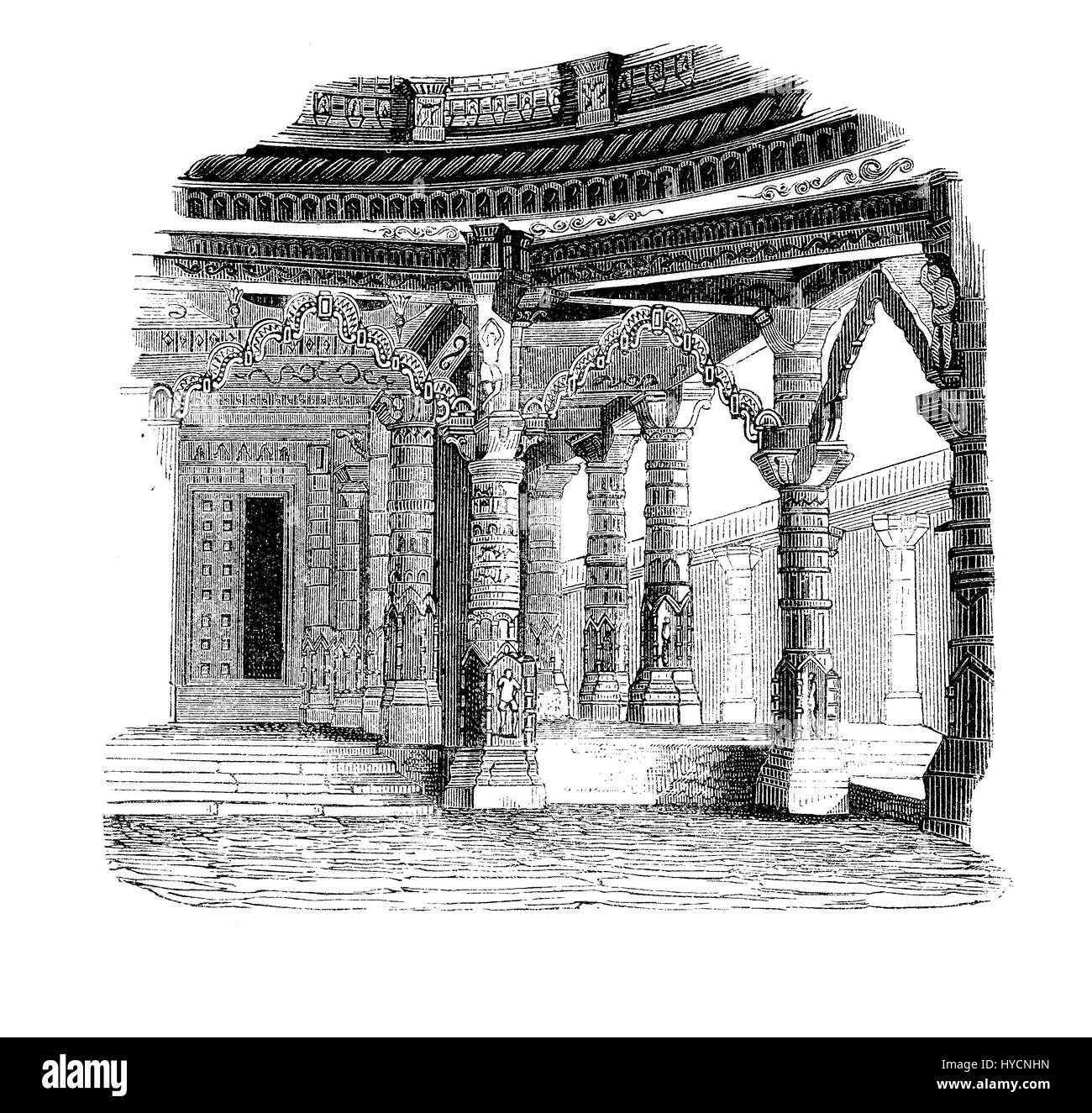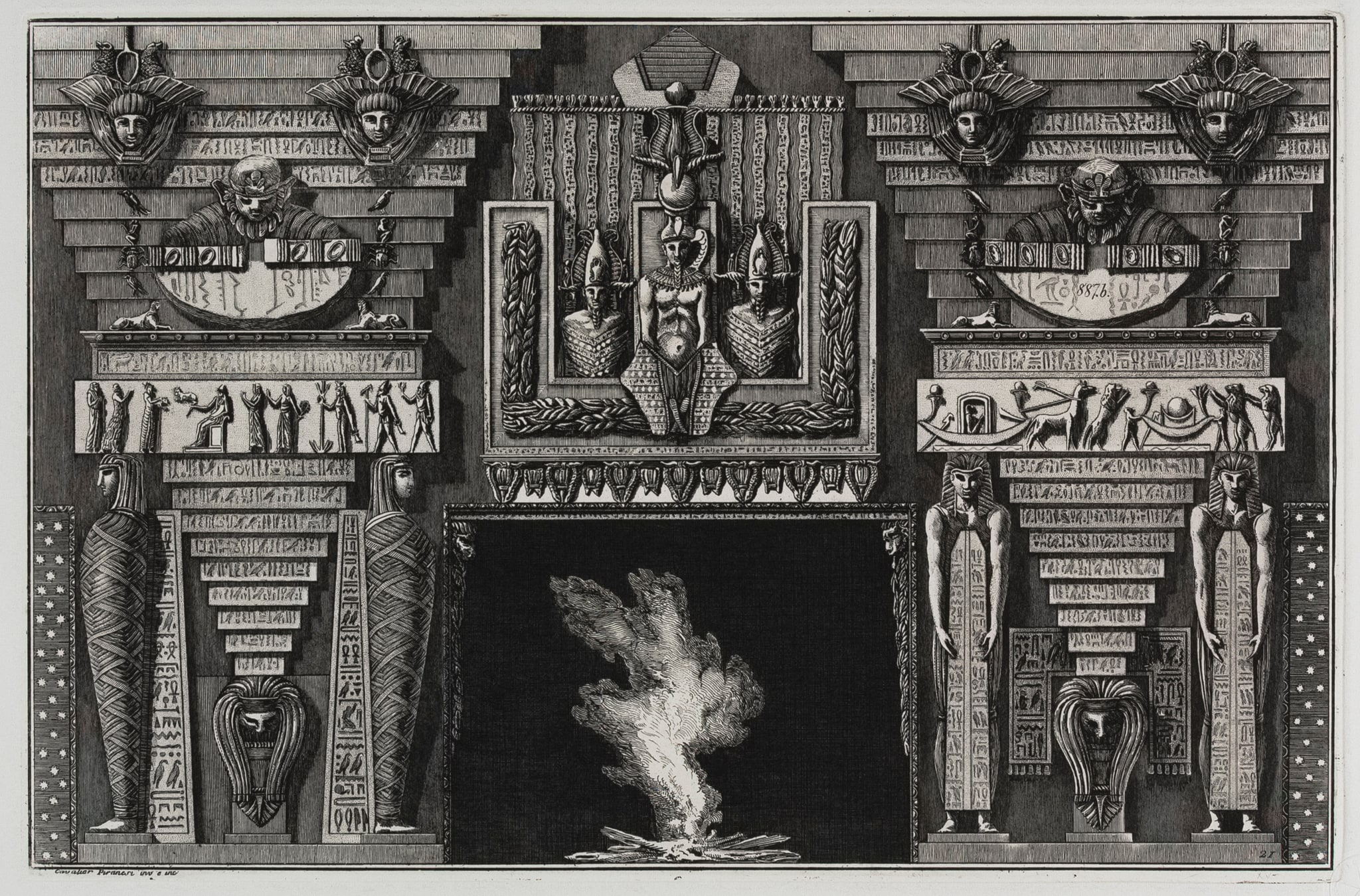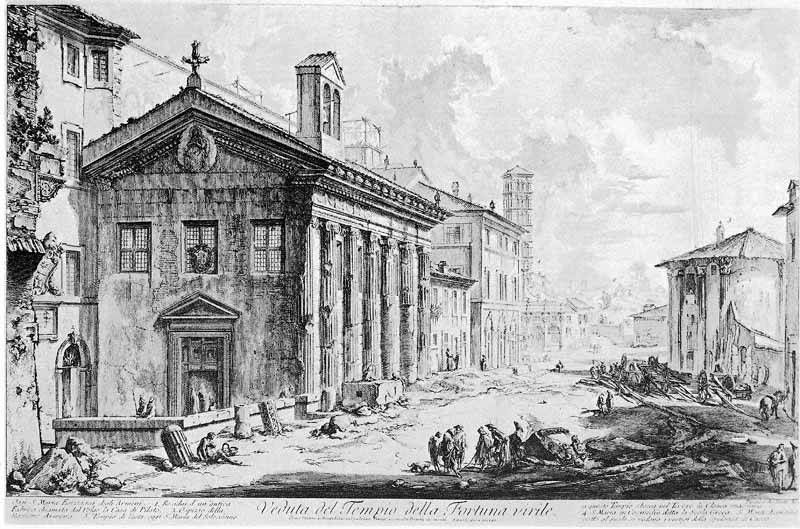
Kendra Schank Smith Architect's Drawings. New York, October 2002, (text and related entry).

Wendy Thompson Giovan Battista Piranesi (1720-1778) Heilbrunn Timeline of Art History. At the age of 20, Piranesi moved to Rome, where he studied the ancient monuments of this city. Initially, he learned to draw from his uncle, who was a designer and hydraulic enginee, but also studied scenography and perspective composition. Griswold, Helen Bobritzky Mules, Suzanne Boorsch, Nadine Orenstein "Recent Acquisitions, A Selection: 1993-1994: Renaissance and Baroque Europe - Europe 1700-1900." The Metropolitan Museum of Art Bulletin. Giovanni Battista Piranesi was born on October 4, 1720, in Venice. The Metropolitan Museum of Art, New York, 1994, pp. Goldner "Curatorial Reports and Departmental Accessions: Drawings" in Annual Report of the Trustees of the Metropolitan Museum, JJune 30, 1994. Hazlitt, Gooden & Fox, London, 1991, cat. cat.: London, November- December 1991 New York, January 1992. Norwich Castle Museum and Art Gallery, London, 1984-85, cat. 71 (as as "Interno di Villa Adriana, Londra, Coll.

edited by Alessandro Bettagno, Venice, 1978, p. View moreĪntonio Morassi Dessins Vénetiens du Dixhuitème siècle de la Collection du Duc de Talleyrand. A certain poetic, proto-Romantic sensibility mitigates the strictly archaeologizing view: the overgrown, decaying ruins are an ineffable reminder of the passage of time and the transience of earthly life. Piranesi's enduring fascination with the marvels of Roman architecture and engineering is manifest in his faithful depiction of its arches, masonry, and partially preserved poured concrete roof. The corresponding print-his final view of Hadrian's Villa-was published in 1777, one year before his death. It is a preparatory study for an etching in the second volume of his Vedute di Roma (Views of Rome), an ambitious undertaking in which the artist was engaged for more than thirty years. This drawing represents an octagonal chamber-perhaps an apodyterium, or changing room-in the bath complex at Hadrian's Villa at Tivoli, the sprawling remains of which provided subject matter for a number of Piranesi's prints. His large prints depicting the buildings of classical and postclassical Rome and its vicinity contributed considerably to Rome’s fame and to the growth of classical. His technically brilliant and exceedingly influential etchings reflect his antiquarian interests and offered audiences across Europe a rich visual record, at once archaeological and poetic, of the glories of ancient Rome. Giovanni Battista Piranesi, also called Giambattista Piranesi, (born October 4, 1720, Mestre, near Venice Italydied November 9, 1778, Rome, Papal States), Italian draftsman, printmaker, architect, and art theorist. The bridge crossed from the left bank or northeast side of the Tiber River to Tiber Island.The Venetian Piranesi was active as a draftsman, designer, architect, archaeologist, and theorist, but it is as a printmaker that he achieved his most enduring fame. Giovanni Battista (or Giambattista) Piranesi ( Italian pronunciation: dovanni battista piranezi -esi also known as simply Piranesi 4 October 1720 9 November 1778) was an Italian classical archaeologist, architect, and artist, famous for his etchings of Rome and of fictitious and atmospheric 'prisons' ( Carceri d'invenzione ). It was also been known in the Middle Ages as ‘Ponte Giudeo’ (Bridge of the Jews). Fabricius, the Superintendant of the Streets who built it at the end of the Republic, around 62 BC.

This etching depicts the plan and elevation of the bridge now called the Ponte dei Quattoro Capi or Ponte Cestio (Bridge of the Four Heads), which in antiquity was called the Bridge of Fabricius after L. Piranesi’s popular Vedute (37.45.349 41. 64.521.2 55.567.6 59.570.426), which eclipsed earlier views of Roman landmarks through their dynamic compositions, bold lighting effects, and dramatic presentation, shaped European conceptions to such an extent that Goethe, who had come to know Rome through Piranesi’s prints, was. This is plate 18 in volume 4 of Piranesi's "Le antichita romane opera di Giambatista Piranesi architetto veneziano" (Roman antiquities by Giambatista Piranesi Venetian architect).

delle Strade, who built it at the end of the Republic). The architect is very ancient, and was called Fabrizio da L. "(The Plan and Elevation of the Bridge, today called Quattro Capi. delle Strade, che lo fabbrico' nel fine della Repubblica. presente la Pianta, ed Elevazione del Ponte, oggi detto Quattro Capi egli è antichissimo, e chiamavasi Fabrizio da L. This framed 18th century etching by Giovanni Battista Piranesi is entitled "Dimostransi nella Tav.


 0 kommentar(er)
0 kommentar(er)
